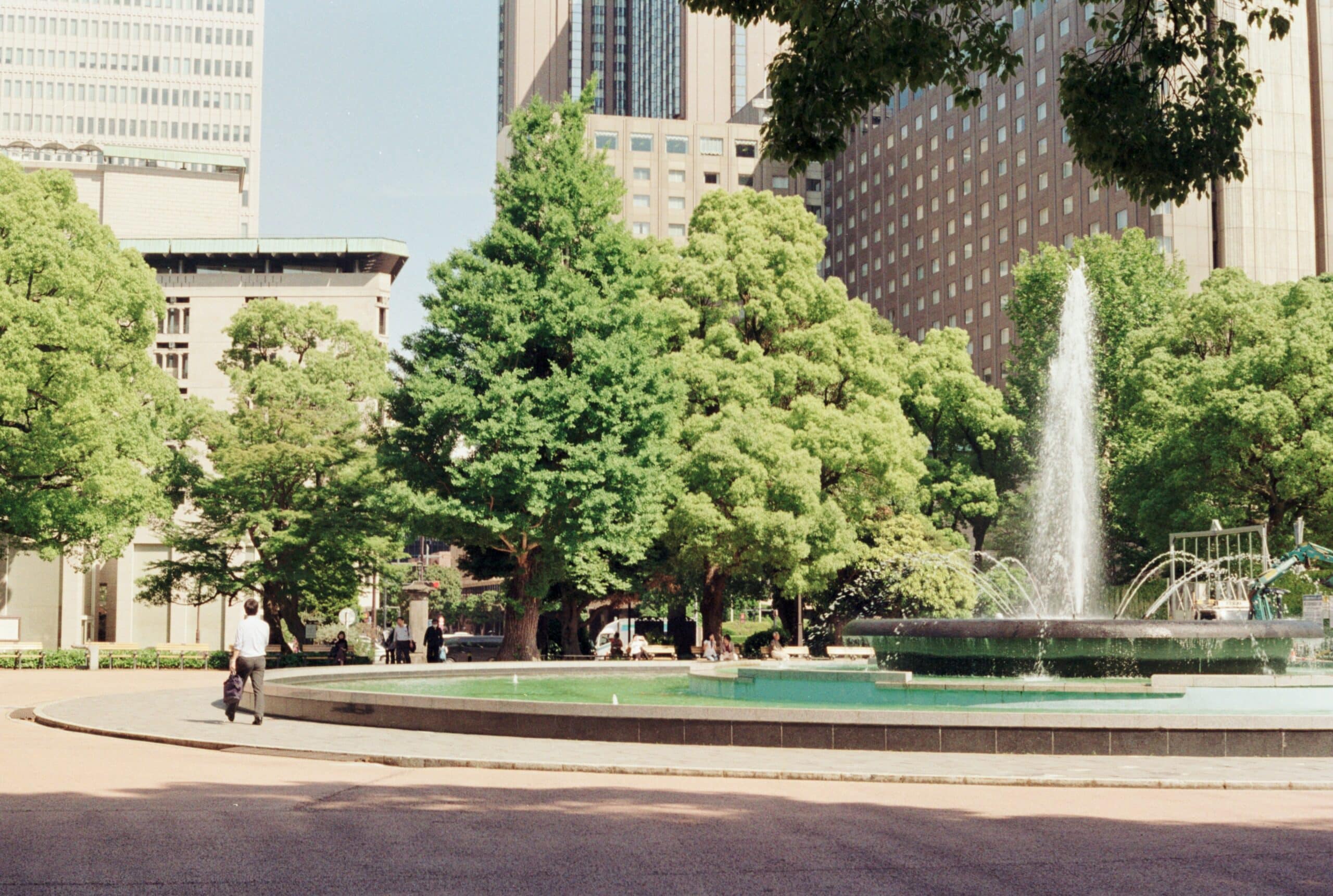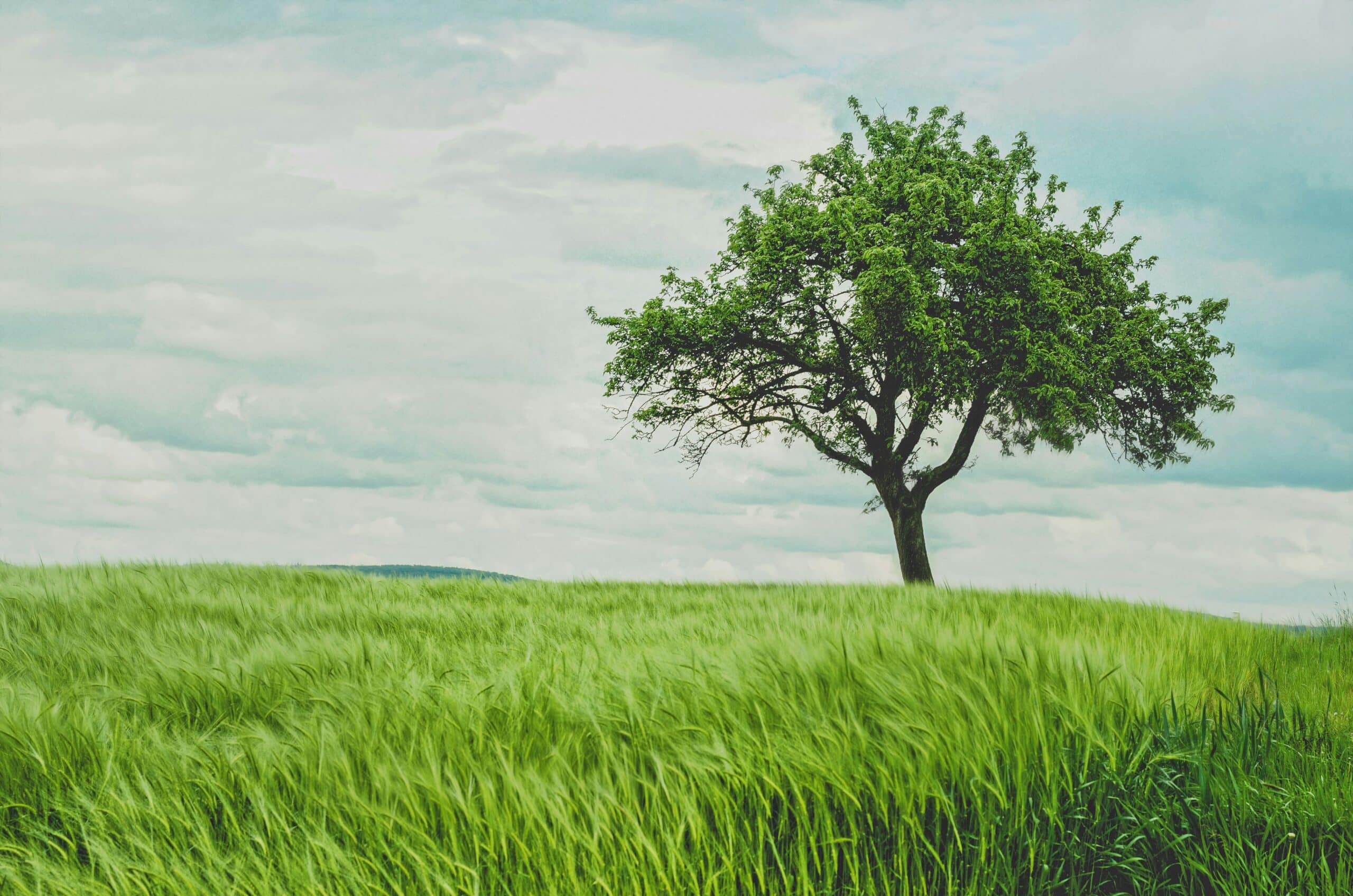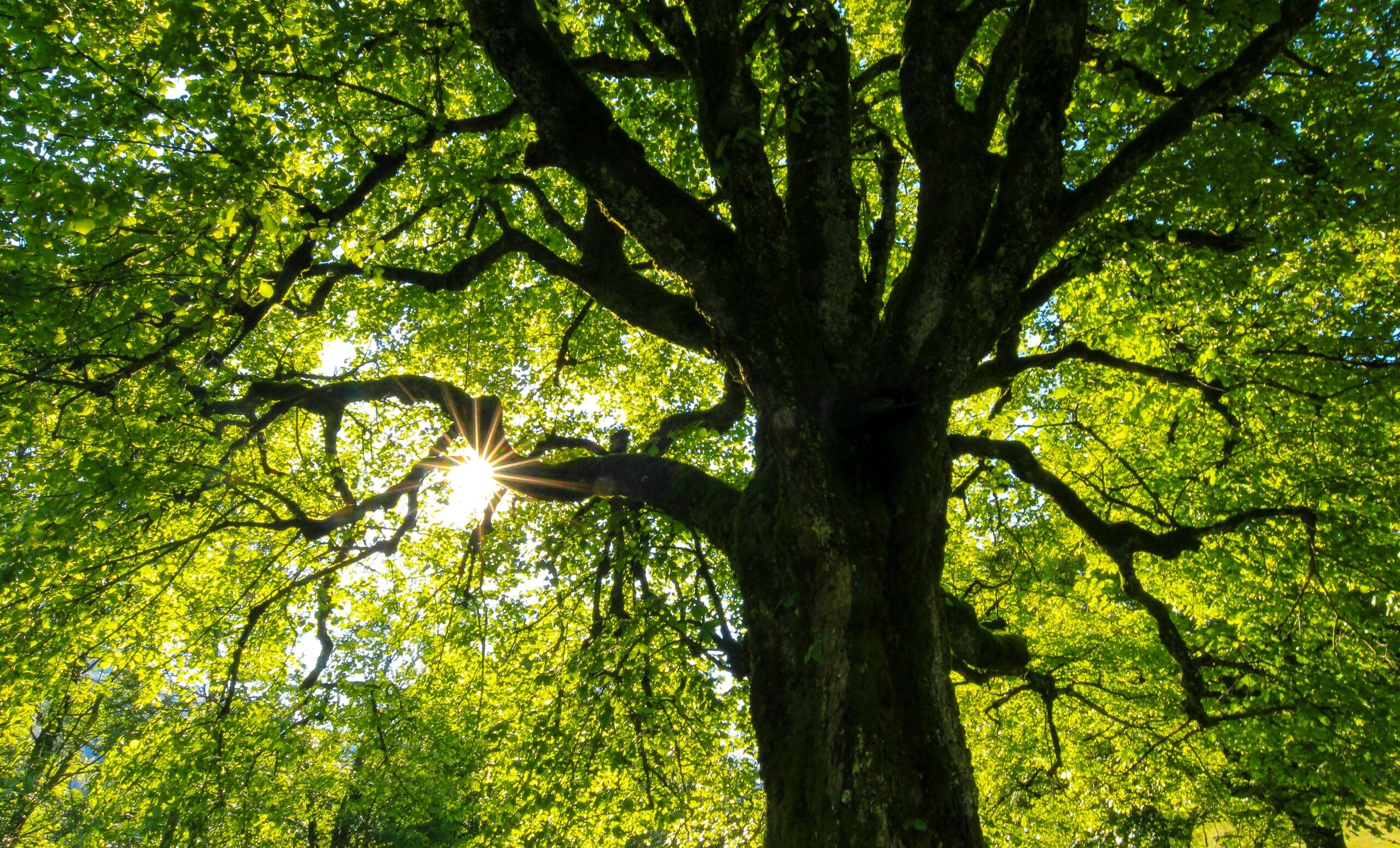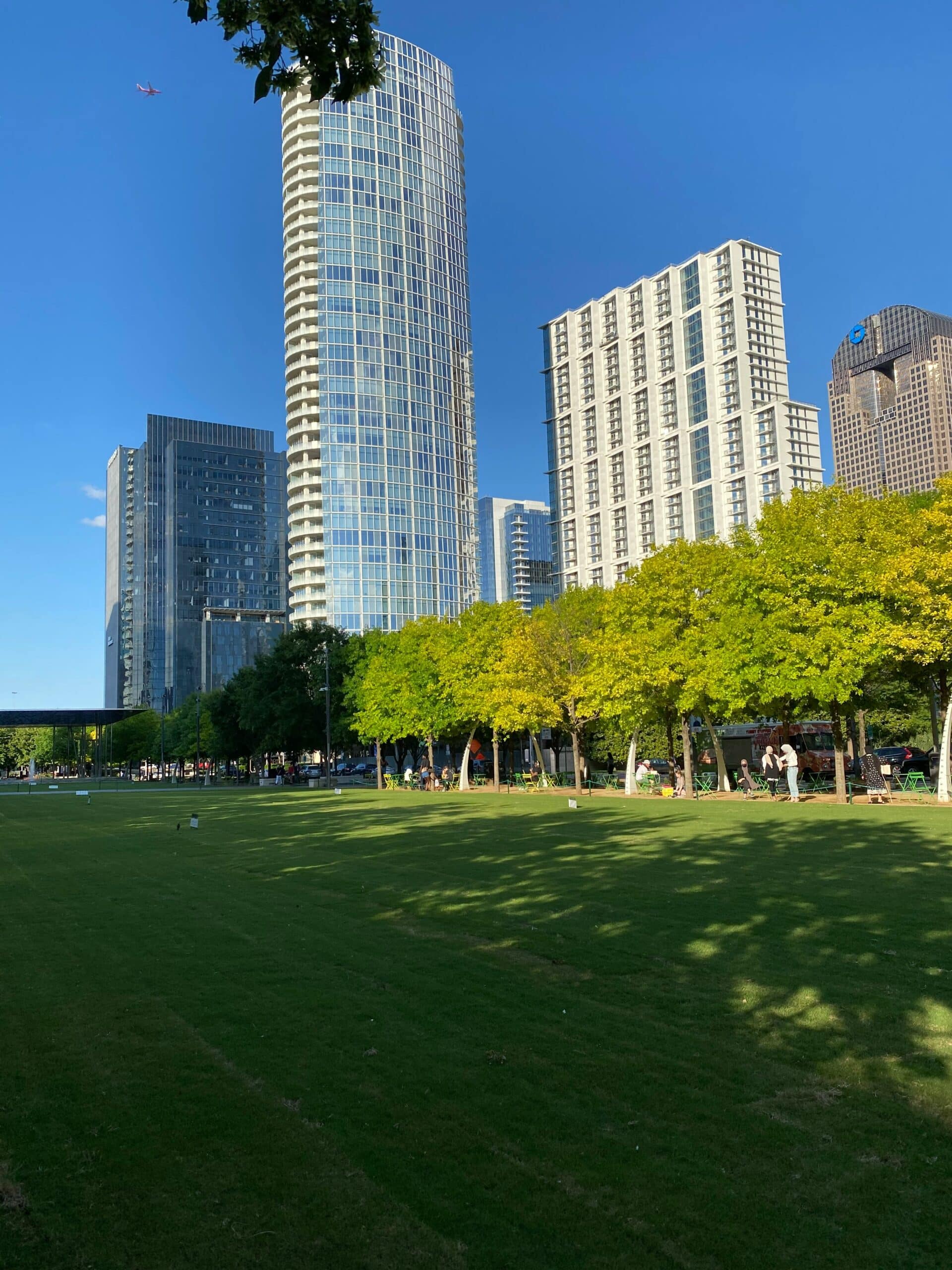
Date August 04, 2025
Category
Why Tree Care Matters in Urban Settings
Healthy trees enhance the city’s quality of life by providing shade, creating calming landscapes, buffering noise, absorbing pollutants, filtering particulate matter, and reducing crime rates. As climate change intensifies, urban trees are considered necessary infrastructure, providing resilience against heat waves and severe weather.
Trees, when well-maintained, not only reduce energy costs and increase property values but also pose potential hazards like falling limbs and traffic obstructions. This is why working with specialists in tree care Fort Worth or any comparable urban area is not just about aesthetics—it’s about maximizing long-term safety, health, and community benefit. Growing awareness around tree stewardship inspires neighborhoods to protect, rather than simply plant, their green assets.
Basics of Proper Tree Maintenance
Regular inspections are essential for tree health, preventing costly problems later. Pruning trees, applying mulch, and using fertilizer only when necessary are crucial for maintaining strong structures. Core aeration or limiting foot and vehicle traffic around root zones can help alleviate soil compaction. Regular attention to tree health supports city landscapes’ safety and longevity, ensuring trees are protected against disease, insect infestations, and damaged branches.
Common Urban Tree Challenges
Urban trees face unique challenges such as compacted soils, pollution from vehicles and industry, road salt, pests, and diseases. Compacted soils restrict root spread and nutrient absorption, while pollution exposes trees to stress and increases vulnerability to disease. Road salt can poison large city trees with just a few heavy storms each year. Proactive management protects property and public health while maintaining the ecological functions of urban trees.
Recognizing and Treating Tree Disease
Tree diseases often begin subtly—yellowing leaves, misshapen growth, or small cankers can easily go unnoticed until the problem is advanced. Prompt intervention, like removing infected branches or improving drainage, makes the difference between loss and recovery. Some common diseases, such as powdery mildew or root rot, can be managed without chemicals just by improving air circulation and reducing moisture stress.
Vigilance is critical: monitor for new or rapidly spreading symptoms after storms or during periods of unseasonable weather. For emerging threats or puzzling symptoms, consult up-to-date resources, including the latest findings on urban forestry and tree disease trends. Many city programs now recommend annual checkups by trained professionals to safeguard public and private investments in urban trees.
The Importance of Soil Health
Soil health is crucial for tree growth, especially in cities where soils are often depleted, compacted, or contaminated. Aeration helps prevent stunted roots and increases stress tolerance. Mulch and compost improve organic content and moisture retention, but avoid “mulch volcanoes.” Planting native or adapted tree species supports local wildlife and reduces resource requirements. Soil testing before introducing new trees promotes healthier, more resilient growth, saving time and money.
Contact us today to schedule with an ISA Certified Arborist.
Photo by Alejandro Ybarra on Unsplash
